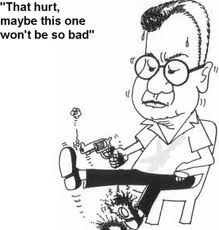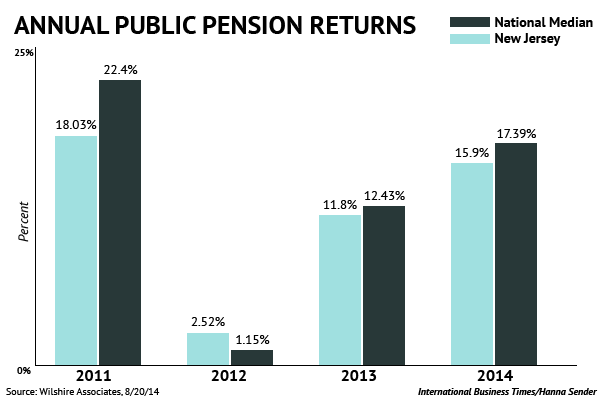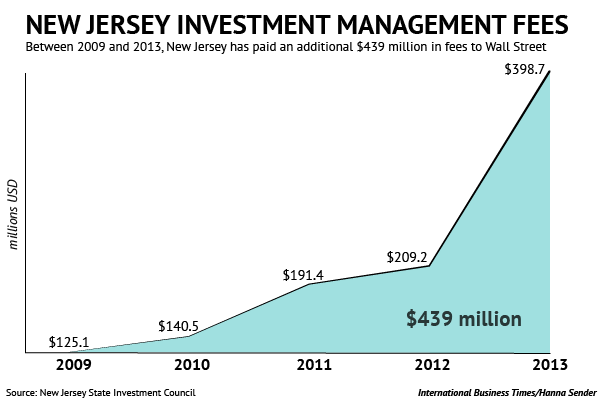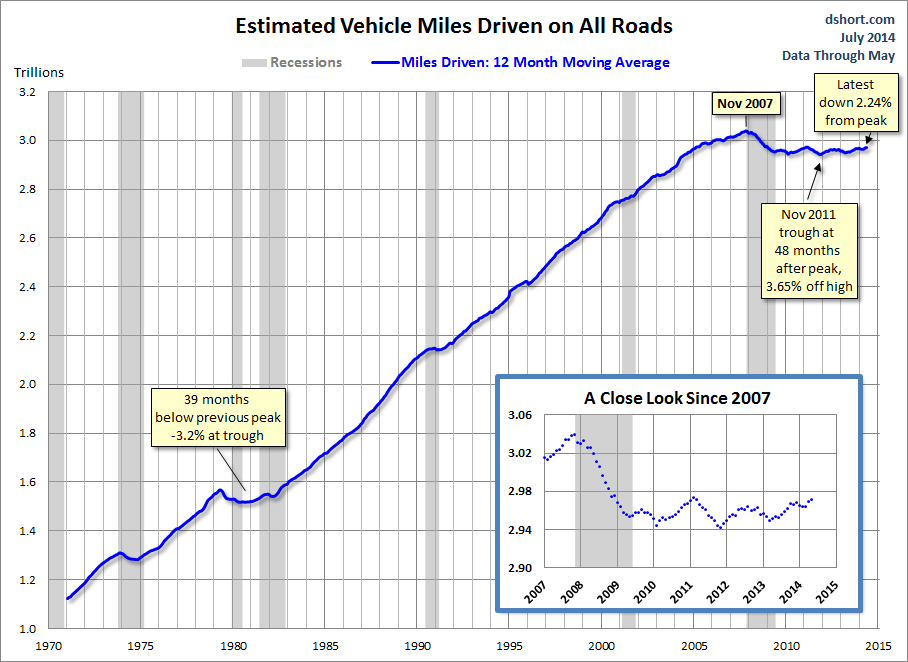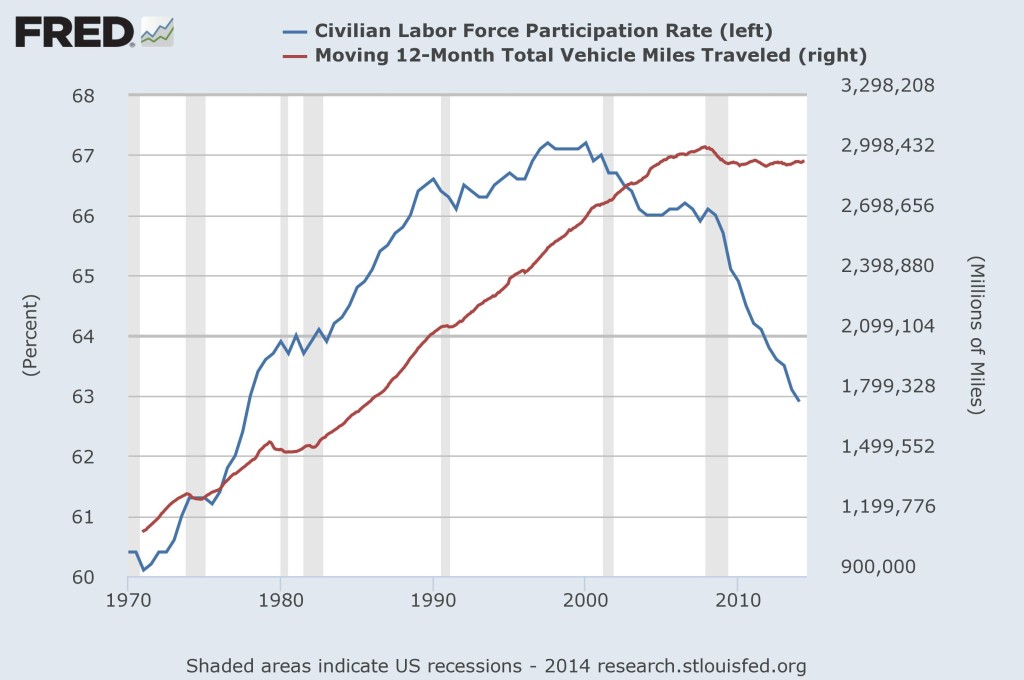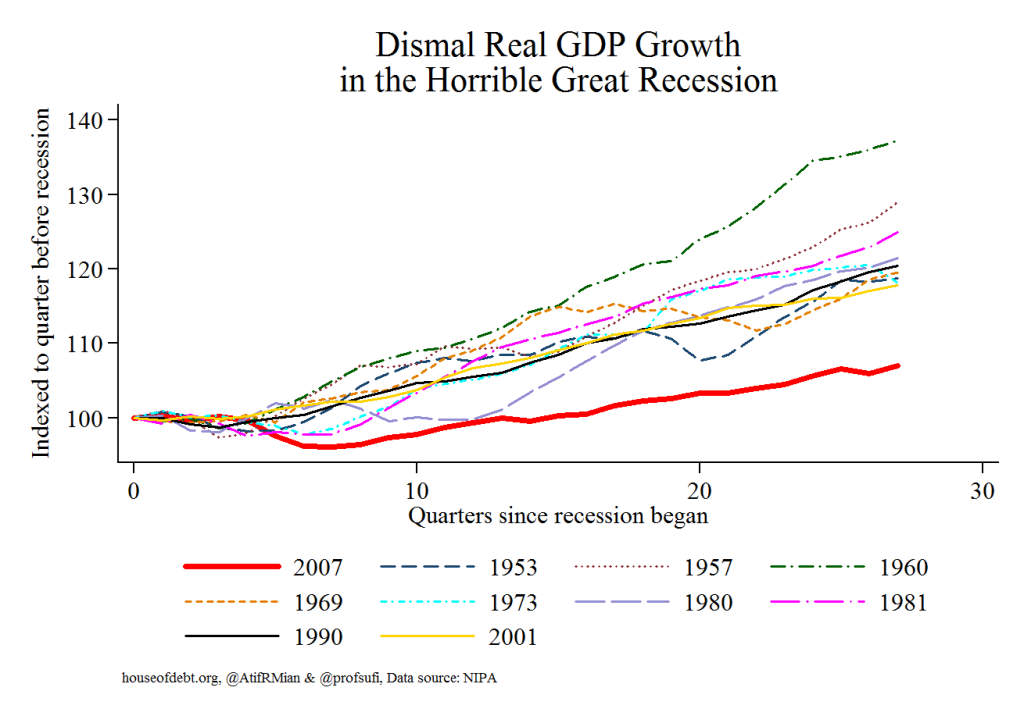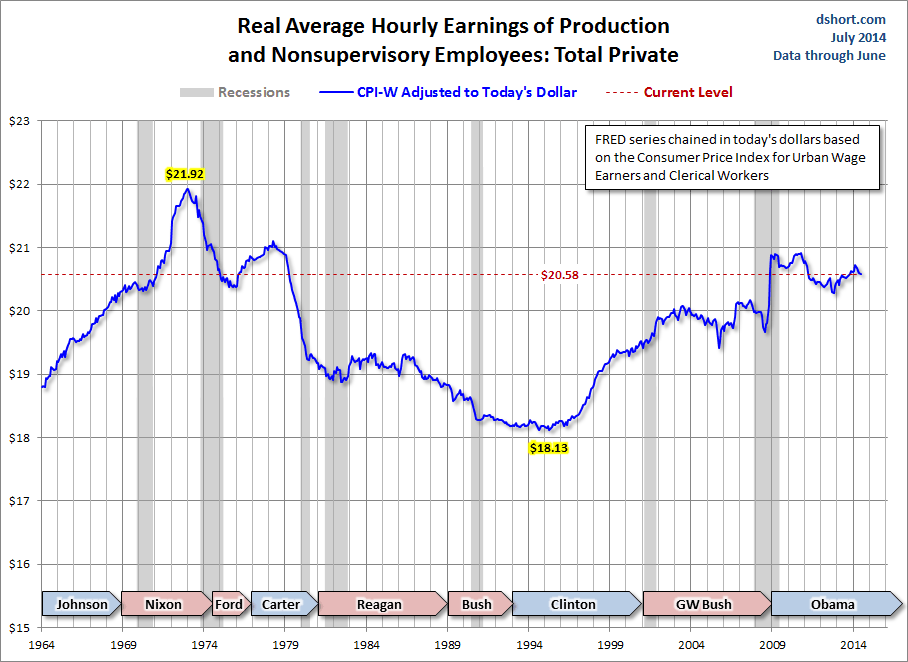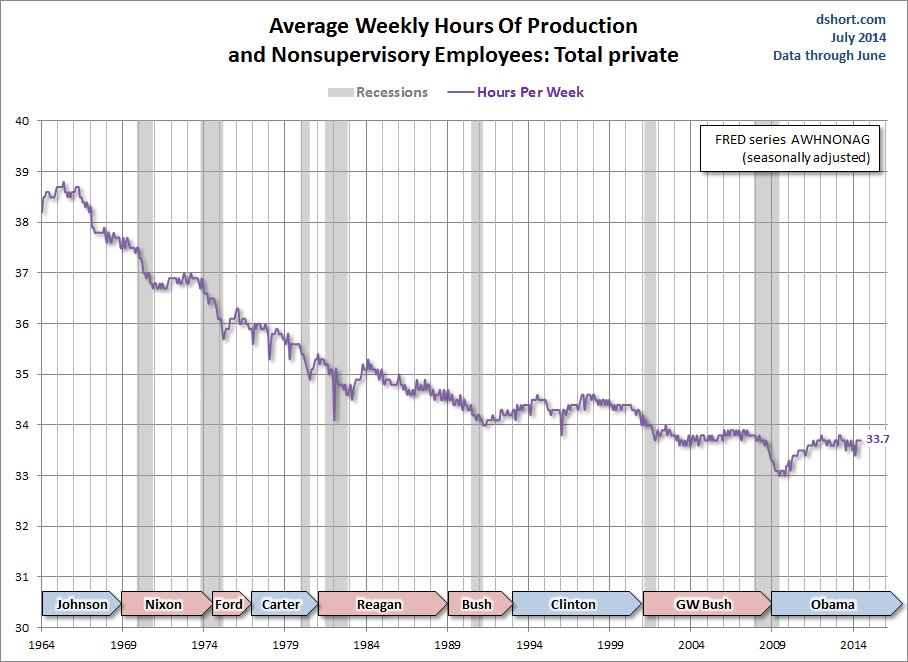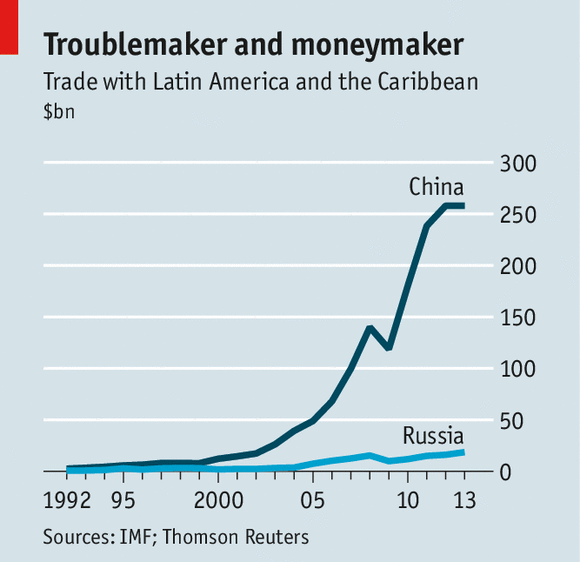Newsweek reported that The People’s Climate March on Sunday in New York was perhaps the largest climate change protest in history. Between 300,000 and 400,000 people took to the streets. Celebrities and high-profile politicians were among the marchers. The protest was big on social media, but it was largely ignored by the TV talking heads. HuffPo reported:
All in all, it was a perfect opportunity for some of America’s biggest news organizations to cover the topic of climate change, something that usually gets either ignored or badly handled. For Sunday talk show hosts, there was even a nice political hook, since the march was pegged to a UN summit that President Obama will be attending.
But HuffPo said that no Sunday morning show except MSNBC’s “Up” so much as mentioned climate change, or the march. There was one reference on “This Week” by The Nation’s Katrina van den Heuvel, who pointed out that the march was actually gathering right outside the ABC studios in Lincoln Center where the show is taped. The fact that more people actually showed up for climate change than an iPhone 6 sale in New York City is big news and it should have been covered!
Why no coverage? And more important, do demonstrations matter anymore? From Juan Cole:
Don’t get me wrong. I am all for demonstrating and admire everyone who came out in New York City on Sunday (some 400,000 according to Time magazine) to demand that world leaders deal urgently with climate change.
Cole makes the point that in the current political climate, holding large rallies rarely results in any political change. But, there have been exceptions. Consider the 1963 March on Washington. That was a case where succinct demands were associated with ground-up mass actions across America. It did not bring about immediate results, but the demonstrations combined with months, and sometimes years of base-level organizing, delivered energy and momentum to that same cohesive set of demands.
But the 21st century is not the 1960’s. Now, people just send a tweet and think they’ve accomplished something. The failure of demonstrations today is symptomatic of the failure of our democracy, which refuses to separate corporate money from elections, or from influencing the mass media. Pew Research reports that only 40% of Americans think that it is important for Congress and the White House to tackle the issue of climate change. The public already knows about climate change and sees it as a problem, yet nothing is done by either party, because it would inconvenience their corporate patrons, and anger the Koch brothers.
A 2010 Stanford University poll showed that voters are unpersuaded by the usual arguments against taking action on global warming:
Only 18% believe that slowing climate change would cause unemployment, and only 14% think the US should wait for other countries to go first.
What climate change activists must first realize that the obstacle is oligarchy, not public awareness of the issue.
Large demonstrations can help build local organizations, can bring together a broad range of activists who would not otherwise have face-to-face contact and can show like-minded people that they are not alone, that there are large numbers of people who share their views. These things are all valuable to any movement for social justice.
The writers of the US Constitution believed it important enough to explicitly provide for ‘the right of the people peaceably to assemble’, although recent efforts in cities across America to abridge that right in the name of public safety have been growing. Assembly should still be seen as a form of pressure that requires many other steps to move the needle on the status quo.
The movement also needs a charismatic leader, a compelling story and a skilled group to coordinate all activities.
The next stage has to be competing for mind-share of our Congresspersons and Senators, against the entrenched and very wealthy hydrocarbon industries.
Gerrymandering that has produced a structural Republican majority in the House means that climate activists need to find GOP challengers who are deeply concerned about global warming and who are willing to primary the incumbent.
In the end, a single-issue Climate PAC, if very well-funded, could make a difference. Much of the climate change action will have to be done or coordinated by politicians, and at the moment most of those in Washington are owned by Big Oil, including by the Koch brothers.
Finally, it is clear that in addressing climate change, we address multiple ills in our society, including the tremendous waste of resources caused by the pursuit of war. We have long needed a political movement that ties together the various threads of what is wrong with our society and shows how they are interrelated.
Climate change activism has the potential to do that.

